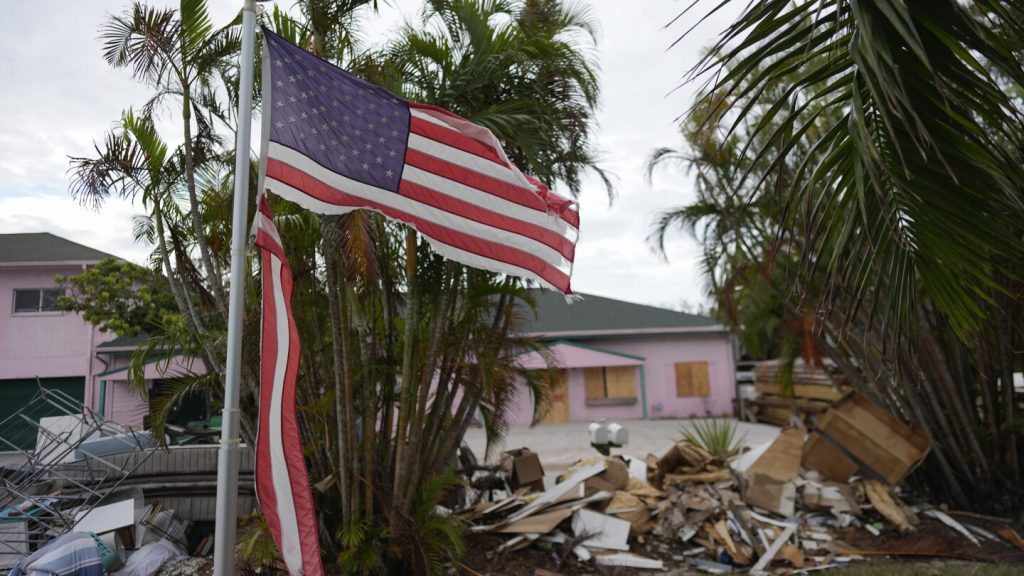A new disaster aid program in North Carolina and Florida is set to benefit nearly 1,000 hurricane-impacted households this week. The nonprofit organization GiveDirectly is utilizing a unique model that involves giving people direct cash payments of $1,000. By using a Google-developed artificial intelligence tool, the organization is able to target areas with high concentrations of poverty and storm damage. This approach is aimed at delivering aid in a streamlined and dignified manner, allowing recipients to decide for themselves how to address their most pressing needs.
The traditional methods of providing disaster aid, such as donations of clothing, blankets, and food, have their limitations. In-kind donations may not cover expenses like hotel accommodations during evacuation or childcare when schools are closed. GiveDirectly believes that direct cash payments offer an elegant solution that allows individuals to address their unique needs quickly. By getting money into the hands of those affected by disasters fast, it can help protect them from predatory lending and credit card debt. GiveDirectly has previously used direct payments for poverty relief around the world and tested cash disaster payments in the U.S. after hurricanes in 2017.
The process of distributing aid has been streamlined with the help of technology, allowing GiveDirectly to reach households impacted by hurricanes in a matter of days. By utilizing Google’s SKAI machine learning tool to identify areas with the most damage and poverty data, the organization can target its assistance more effectively. However, there are limitations to this model, such as the exclusion of households that do not have smartphones or access to the app used for enrollment. GiveDirectly acknowledges these shortcomings and is exploring hybrid models that combine remote and in-person enrollment to reach more individuals in need.
While the GiveDirectly model shows promise for improving the efficiency of disaster aid, some challenges remain, especially when it comes to government-funded programs like FEMA’s Serious Needs Assistance. The agency recently increased cash payments to hurricane-impacted households but still requires applicants to apply for assistance. Technology could help FEMA improve its system, but there are limitations to how quickly and efficiently the government can implement changes. Research on guaranteed income programs has shown that recipients tend to spend the money on their needs, making direct cash payments a viable option for disaster relief.
Despite the success of direct cash payments in alleviating immediate financial needs, long-term assistance could make a more profound impact on families recovering from disasters. Programs that provide sustained cash support, like those funded by Dolly Parton and Oprah, have shown to help individuals build resilience for the future. While funding constraints may limit the implementation of such programs on a larger scale, the potential benefits of long-term assistance are clear. GiveDirectly hopes to continue exploring ways to provide ongoing support to disaster-impacted households, recognizing that sustained assistance can help individuals rebuild and prepare for future challenges.
In conclusion, the innovative approach taken by GiveDirectly in providing direct cash payments to hurricane-impacted households represents a new model for disaster aid in the U.S. While the program has its limitations, particularly in reaching all eligible recipients, it offers a glimpse into the potential for faster and more effective assistance. By combining technology, philanthropy, and community empowerment, GiveDirectly is paving the way for new ideas in disaster response and recovery. As the landscape of disaster aid continues to evolve, organizations like GiveDirectly and FEMA are exploring ways to improve the efficiency and impact of their assistance programs.


